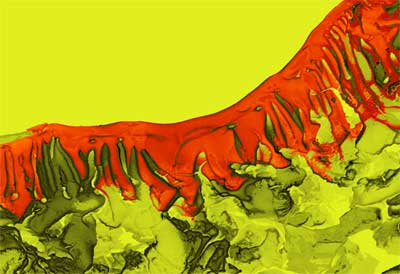| Posted: January 3, 2007 |
Nanotechnology art competition now open for voting |
|
(Nanowerk News) The first ever online NanoArt worldwide competition opened back in October. The public vote for this online competition is open now. 71 works have been submitted so far.
|
|
The artworks entered this competition will be displayed online for voting starting January 1, 2007 through March 31, 2007. Judging is via the Internet and decided by our site visitors. The sponsor reserves the final decision. Winners will be notified and published online around April 15, 2007.
|
|
The purpose of this competition is to promote NanoArt as one of the new art disciplines of the 21st Century. NanoArt is a new art form where micro/nanosculptures created by artists/scientists through chemical/physical processes and/or natural micro/nanostructures are visualized with powerful research tools like Scanning Electron Microscopes. The monochromatic electron microscope images are processed further to create a piece of art that can be showcased for a large audience to educate the public with creative images that are appealing and acceptable.
|
 |
| The Silkworm Lava. To obtain the structure, the artist created a nanosculpture by hydrolyzing a tiny drop of a chemical and coating the structure with Gold. The monochromatic scan has been painted digitally. The final image is printed on canvas with archival inks. (Image: Chris Orfescu)
|
|
The site Nanoart was founded by artist/scientist Cris Orfescu (www.absolutearts.com/nanoart). The purpose of this site is to promote worldwide the NanoArt as a reflection of the technological movement. He considers NanoArt to be a more appealing and effective way to communicate with the general public and to inform people about the new technologies of the 21st Century. NanoArt should make the public aware of Nanotechnology and how will this impact our lives.
|
|
"I bring the small world in front of my audience through high resolution electron microscope scans of natural micro or nanostructures and sculptures I create at micro or nano scale by physical or/and chemical processing" says Orfescu. "I take further steps by mixing the realistic images of this structures with abstract colors, digitally painting and manipulating the monochromatic electron scans, and finally printing them with long-lasting inks on canvas or fine art paper (giclee prints). This way, the scientific images become artworks and could be showcased for a large audience to educate the public with creative images that are appealing and acceptable."
|

